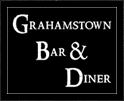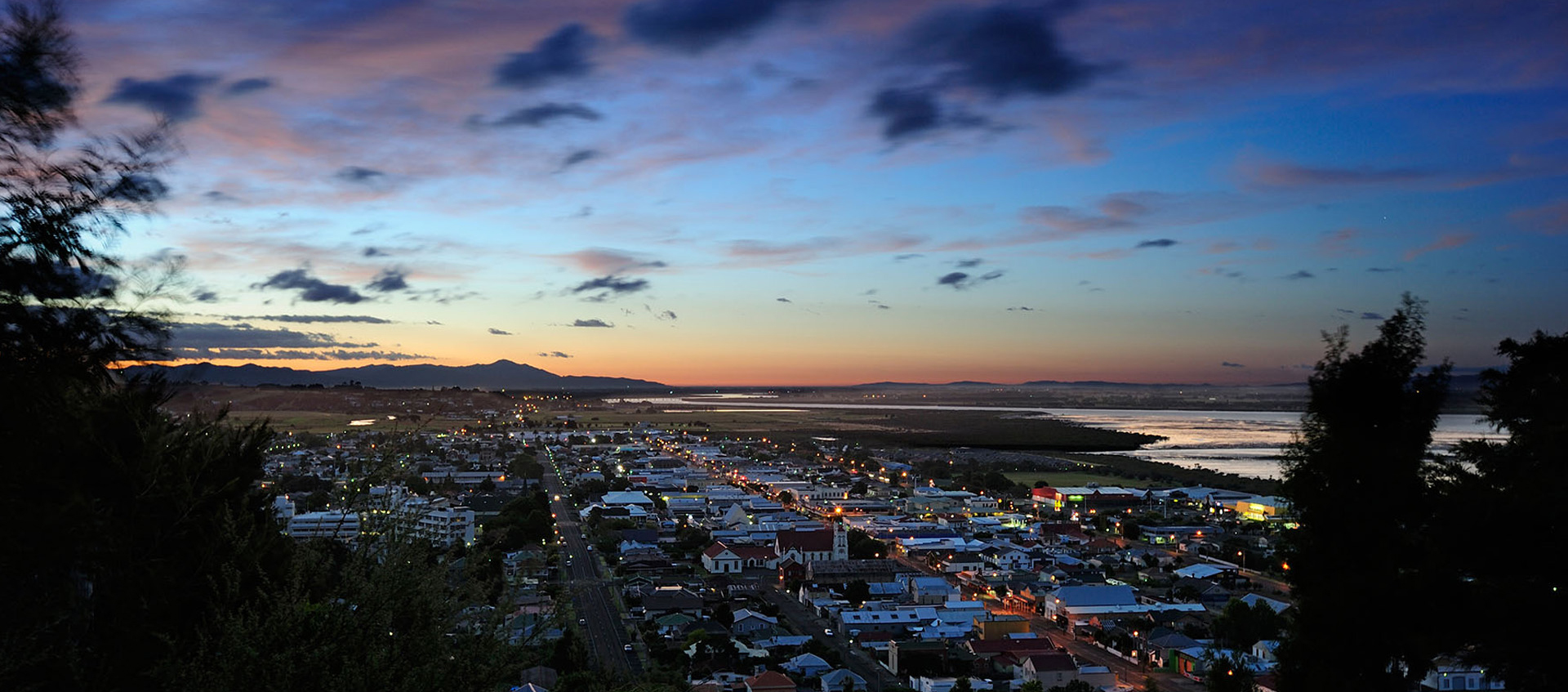
Thames History
On November the 19th, 1769, during its first expedition voyage to the antipodes, the HMS Endeavour sailed into a wide open bay, anchoring off a rocky coastline. The next morning long boats were lowered and the ship’s captain, Lieutenant James Cook, and the botanist, Joseph Banks, rowed upstream to investigate the tree-lined edges of the Waihou River and what they saw from the ship as “some of the finest timber their eyes ever beheld.”
Cook named that waterway ‘The Thames,’ so impressed was he by its potential. It reminded him of London’s great river, the artery of an empire. Banks, too, chimed in claiming it “the properest place we have yet seen for a colony,” convinced the noble timber they saw would make excellent ship’s spars.
During their excursion they would also meet several villages with friendly Maori of the Ngati Maru tribe, engaging in small trade with them before departing to continue their voyage circumnavigating New Zealand.
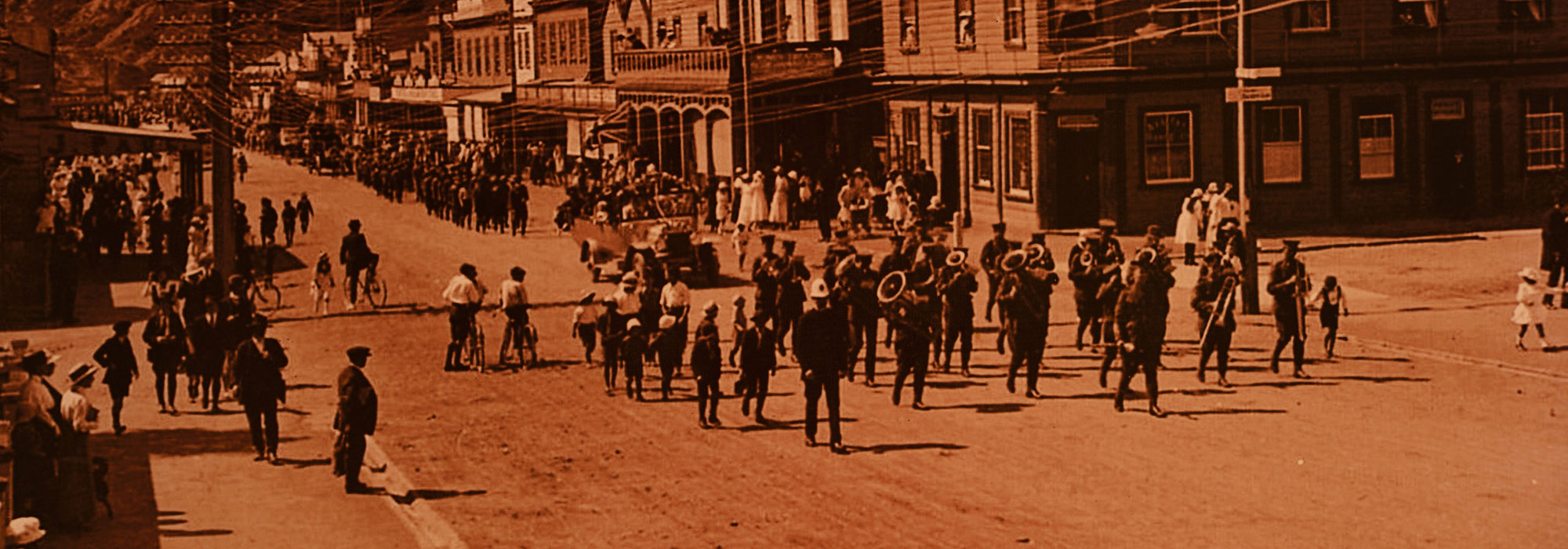
The next major chapter in the districts history would unfold almost 100 years later, when colonial settlers and nearby tribes of the Waikato Maori had ended several years of invasion and intense warfare, costing the British colony dearly. The Auckland province was now bankrupt, and adding salt to the wound, had also lost the seat of government to the new capital in Wellington. It urgently needed something to revitalise its prospects. That something would be gold, and it would be discovered near to ‘The Thames.’
The first rush was orchestrated on August 1, 1867, when a party of 60 aboard the steamer, SS Enterprise, left Auckland headed for ‘The Thames’. On a flat piece of land given the name Shortland, the Civil Commissioner, James MacKay (acting on knowledge from local Maori prospectors who had already found gold there), began issuing miner’s licenses. But by noon the same day, it looked as if the rush might be over before it had even begun, as miners returned empty handed, some demanding their money back.
The mistake they made was to look for alluvial gold, commonly found with pan and shovel in the river and creek-beds of the South Island gold fields. ‘The Thames’s’ golden fortune, instead, was hard-packed into flinty quartz, hidden in seams underground in auriferous reefs needing first to be dug out, then crushed by battery stampers, machines that made an awful racket. It was soon clear that ‘The Thames’ wasn’t going to be a “poor man’s field” or give up its spoils that easily!
Then on August 10th a sensational discovery was made in the Kuranui Stream by a party of four led by an experienced miner, William Hunt, which was to become known as the legendary “Shotover” claim. Now the rush was on for real.
Streets were quickly laid out by Commissioner MacKay, naming one after himself, and a makeshift town sprang up out of nowhere. Records show that in less than a year after that first party of miners arrived, 473 vessels had disgorged over 8,000 passengers at the Shortland Wharf.
A second town on ‘The Thames’ soon materialised, called Grahamstown, named for the wealthy capitalist, Robert Graham, who developed it. Two more wharves were built, and by August of 1868 the population on the field was recorded at 18,000, surpassing the provincial capital, Auckland. A frenzy of building couldn’t meet the demand, so entire structures were uprooted from Auckland and barged across the Hauraki Gulf. A number of those buildings would later be shipped back when the rush ended.
Beneath the ground, miners were tunneling furiously following the seams of ‘royal metal’ and several claims were heaving gold out by the tonne during the boom years of 1869-71, which startled the world.
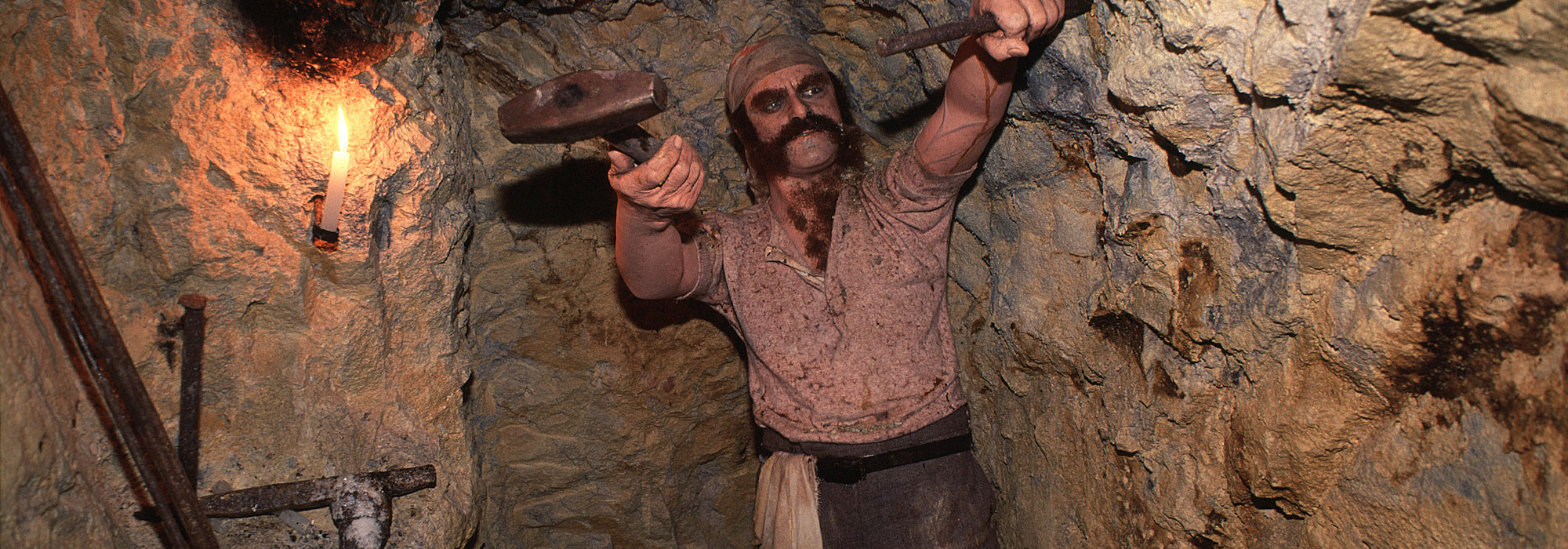
At the dawn of the industrial revolution, with the combined powers of steam driven engines, and accrued capital wealth both at hand, ‘The Thames’ gold-field rapidly transformed once the speculators and large companies took over mining operations.
The new prosperity they brought with them was displayed in abundance as the town’s elite disembarked from carriages outside Grahamstown’s fashionable hotels, Theatre Royal and Academy of Music. International touring acts of music and theatre made ‘The Thames’ a regular stop in their itinerary, such was the regard this gold-town ‘Eldorado’ was held in. For a time it must have seemed as if the golden days of ‘The Thames’ might never end.
But end they did, and as the gold reefs were worked out to exhaustion the mines closed down and the population departed. The twin towns of Shortland and Grahamstown, having amalgamated in 1873, now became known as the the borough of Thames, but it could do little to halt the exodus of miners and their families, leaving just as steadily as they had arrived.
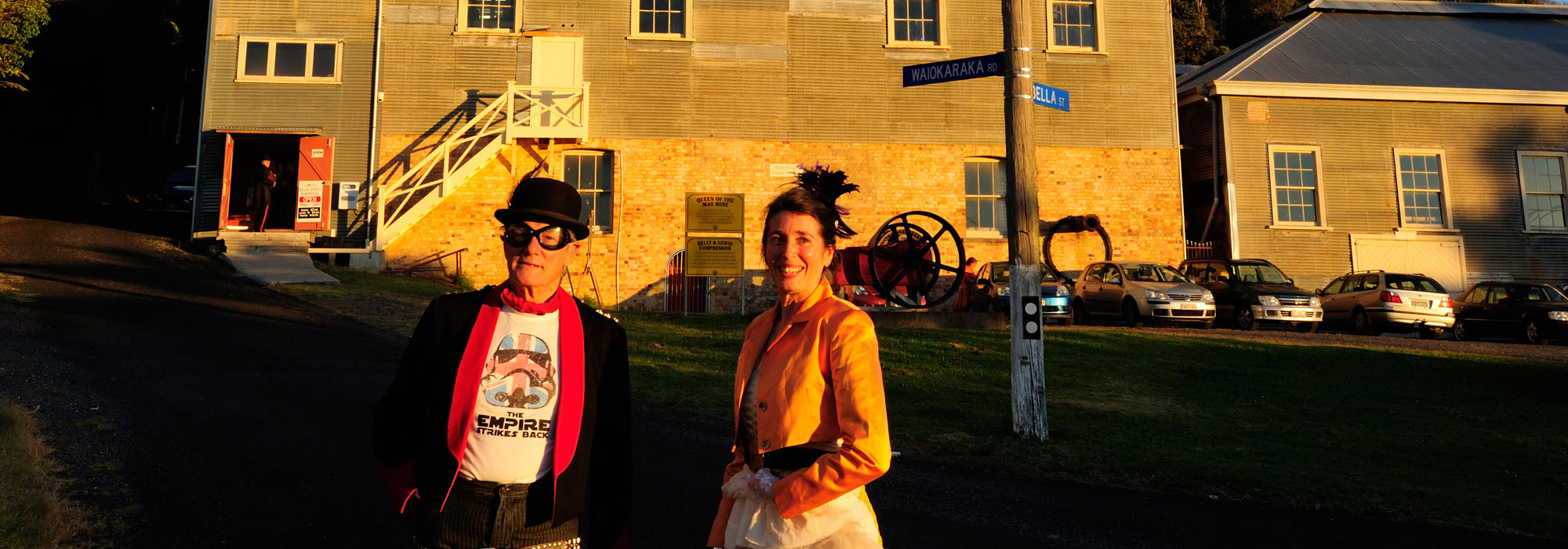
For decades after, the town sat in limbo as businesses upped sticks and headed for greener pastures, and its future seemed uncertain. Yet curiously, today it is that very inertia that makes Thames unique and such an attractive place to visit. Few other New Zealand towns have as many intact examples of 1800s frontier town heritage buildings still standing and in use.
So now, when you take a stroll along Pollen Street, one of the longest, straightest, main streets in the country, take a closer look for yourself at all the historic buildings that remain from that gold-rush era and imagine for a moment you’ve steeped back in time to those heady days of the 1800s. When illustrious pioneers, digger’s and prospectors, Maori chiefs and their cohorts, rascals and villains, barmaids, salon-girls and ladies-of-lesser-virtue all crowded into this thriving gold-town, once briefly the most prosperous place in New Zealand.
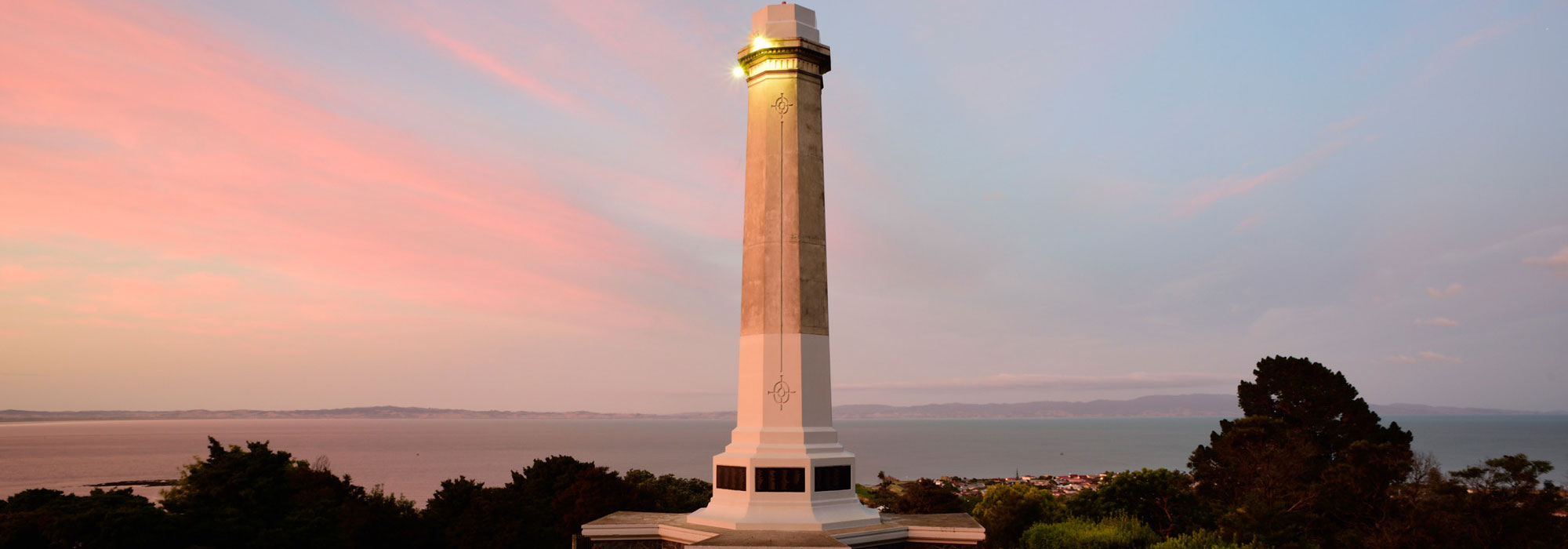




 Location Map
Location Map